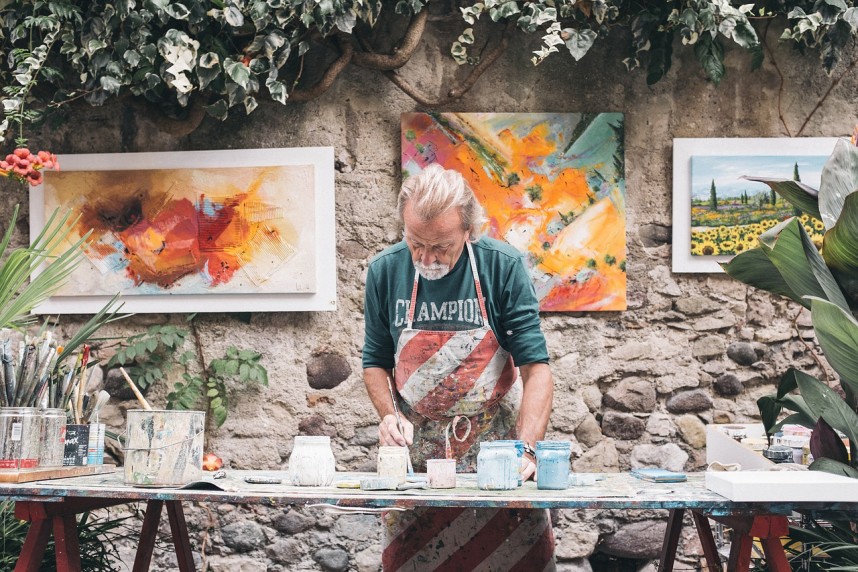As the world gets more competitive and with information available at the click of a mouse,, the only thing that helps us stand out from the crowd is creativity. Consumers are spoiled for choice and are more demanding than ever before.
In today’s competitive landscape, creative capital is the company’s best asset. A report from Harvard Business Review suggests just that.
All businesses can benefit from a dose of creative capital
According to Ashley Lutz from the Business Insider, Ikea’s forward-thinking strategy is what made them a top furniture seller. They have stores in 26 different countries and sales that add up to approximately $36 billion a year. One of the biggest differentiators that sets Ikea apart from its competitors is its approach to furniture selling. They took stock of the problems in the market and strategized a way around it. Instead of giving consumers expensive furniture that would require large investments, they gave them durable, well-designed pieces for immediate use, which could be disposed off when no longer required. A large part of their success can be attributed to this creative approach that suited the needs of their consumers.
In the words of James Bannerman, authored Genius and a senior lecturer at Oxford Brookes University says, “virtually all parts of all businesses can benefit from a healthy dose of Cunningly Clever Creativity.” Bannerman further states that senior, middle and junior managers can all use creativity and innovation in the course of their work by coming up with new strategies, to solving operational problems or even interacting with their teams.
In its best form, creative capital is about presenting matters in a way that is new, fresh and more importantly, efficient. This creative process can be applied to every field imaginable – it is the same creative process that Da Vinci used to create the Mona Lisa that will also work for you – whether you are in HR, IT or even Customer Service.
Staying Creative
Creative ideas in project management can be a bit harder. While tackling everyday tasks and routine operations regularity sets in, one gets used to a certain way of working and becomes resistant to change. This is why you need to consciously engage in deliberate practices to keep your creative juices flowing.
Here are some ideas:
- Read, Read and Read some more: There are plenty of studies, social experiments and management gurus who will give you ideas on how to do things differently. Keep up to date on new books, events and theories because you never know when you will be able to apply what you have learned. Reading stimulates your thought process and helps you come up with new ideas.
- Kick the creature of Habit: Inherently, we are resistant to the unfamiliar and the unknown. Breaking away from your daily schedule and doing something new every now and then helps you become more creative and less resistant to change.
- ‘What if’: Philip Pullman, a popular British writer explained that all he did to get ideas for his book was to lean back in his chair and let his mind think without restriction. He never shut down an idea no matter how unrealistic it sounded. To truly think ‘out of the box,’ never shut down a new idea.
- Make mistakes: Making mistakes is how you learn, so don’t beat yourself up about any of them. Remember how Edison tried out a thousand different materials for the light bulb before finding the right one?
- Write it down: Whether it’s a silly idea or a serious one, put everything down on paper. When you look back on it in a few days, it is possible that you will see it in a new light that is useful to your current problem.
A creative approach is a huge asset in the present business environment. The best approach to working creatively is to be open to new ideas, and new ways of doing things.
